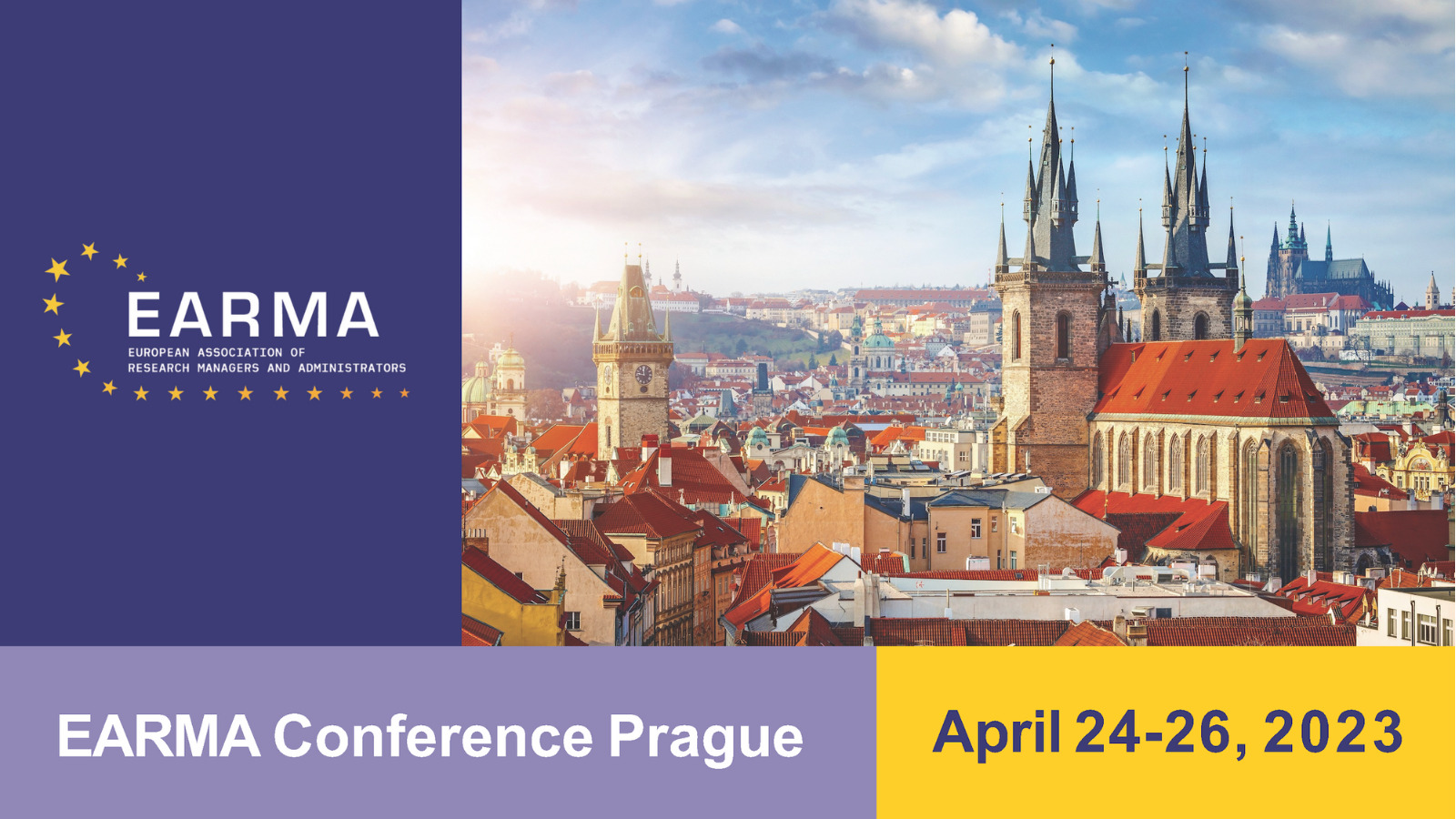An analysis of Horizon Europe ESRs
Decoding the Rosetta Stone: how to understand evaluation summary reports in Horizon Europe
Conference
Format: Oral 30 Minutes
Topic: Proposal Development
Session: 🥎 3️⃣ An analysis of Horizon Europe ESRs by Emma Siddall
Tuesday 25 April 2:30 p.m. - 3 p.m. (UTC)
Abstract
Pillar 2 of Horizon Europe presented a number of novelties in the development and presentation of proposals including the introduction of the pathways to impact as well as the cross-cutting methodologies section, and the removal the management section. In addition, changes were also made to all three categories of evaluation criteria. Now that applicants have received the results from the 2021/2022 Work programme evaluations, several the LERU universities have collaborated to review the Evaluation Summary Reports of their Pillar 2 proposals, both successful and unsuccessful, in order to determine how these novelties in Horizon Europe are being interpreted by evaluators.
We will present an analysis of the reviewers’ comments as they related to the Horizon Europe proposal template and evaluation criteria novelties, and also discuss indications as to whether reviewers are being well briefed on the changes that have been introduced between Horizon 2020 and Horizon Europe. In addition, our work seeks to examine whether reviewers’ comments reflect the nuanced difference that occur between the writing of a RIA, IA and CSA. We will also provide a comparative analysis between the ESR provided across the six difference Clusters in Pillar 2.
This reflection exercise is of great importance to research officers and applicants who seek to learn what works well in proposal development as well as the identification of common pitfalls. It is also vital for the analysis of unsuccessful proposals and will equip research officers will the skills to motivate unsuccessful applicants to understand how to improve upon and learn from a rejected Horizon Europe proposal. Finally, this analysis seeks to highlight where logic gaps may occur between what is sought by the Pillar 2 template and guidance and the comments provided by evaluators and thus aims to improve the quality of the evaluation process for future work programmes.



